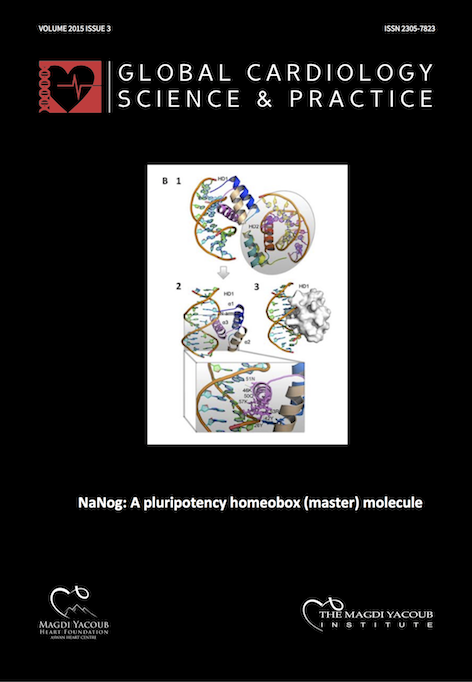Microparticles: Biomarkers and effectors in the cardiovascular system
Abstract
Microparticles, in the context of this review, are defined as plasma membrane derived-particles shed by various types of vascular and blood cells in response to different stimuli. They were first described as products of platelet activation or “platelet dust”, however microparticles are now ascribed prominent roles in cardiovascular diseases and contribute to the regulation of pathophysiological processes including, endothelial function, inflammation, coagulation, angiogenesis, and cellular remodelling. Furthermore, microparticles serve as cell-cell messengers by transfer of biological information to target cells in pathophysiological settings and have proven to be prominent biomarkers for health and physiology assessments for both diagnostic and risk stratification purposes. This review describes the mechanisms of microparticles formation, release and clearance, and their detection by currently available and applicable methods. It also discusses the role of microparticles in the development of cardiovascular diseases, as well as their role as biomarkers and cell effectors in the cardiovascular system.Downloads
Published
2017-09-07
Issue
Section
Review articles
License
This is an open access article distributed under the terms of the Creative Commons Attribution license CC BY 4.0, which permits unrestricted use, distribution and reproduction in any medium, provided the original work is properly cited.


